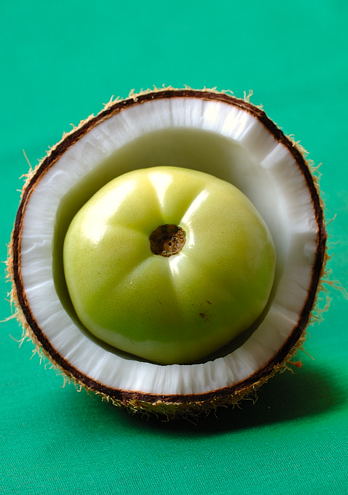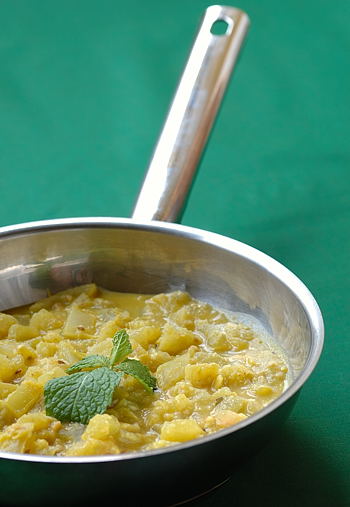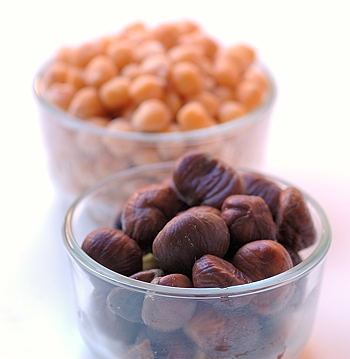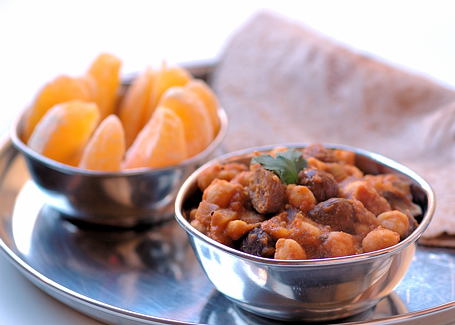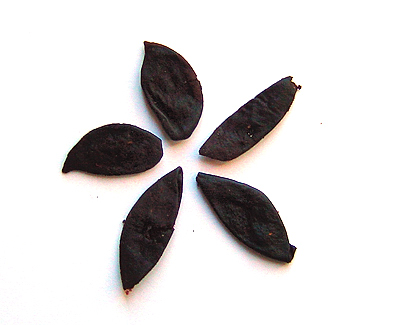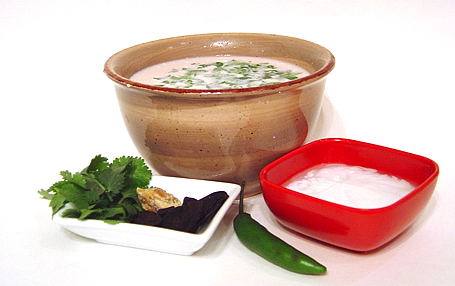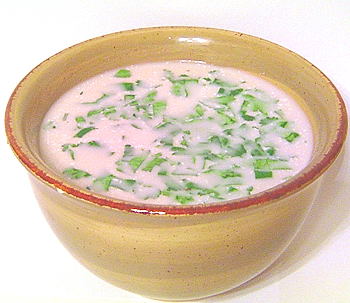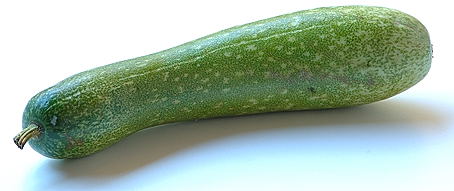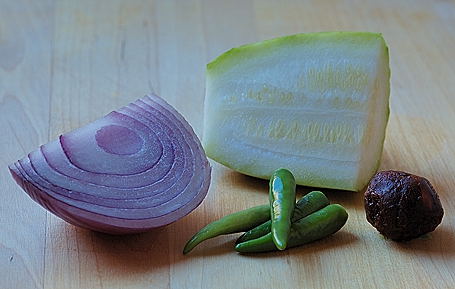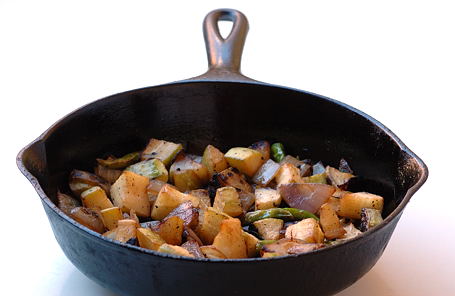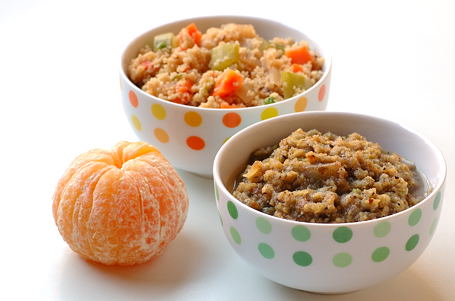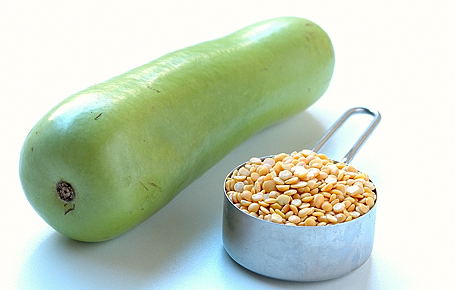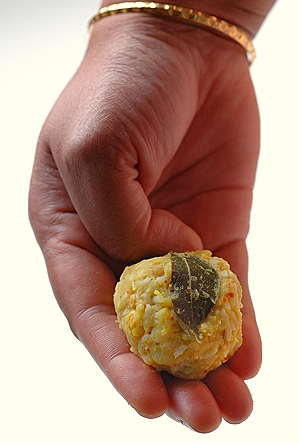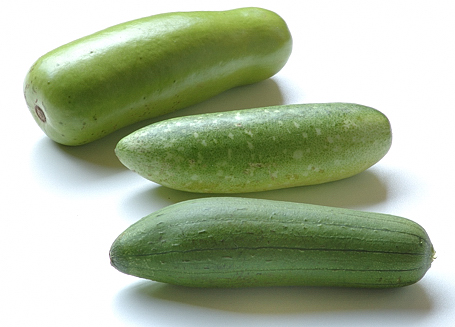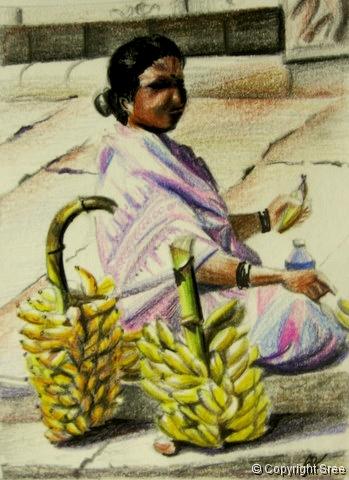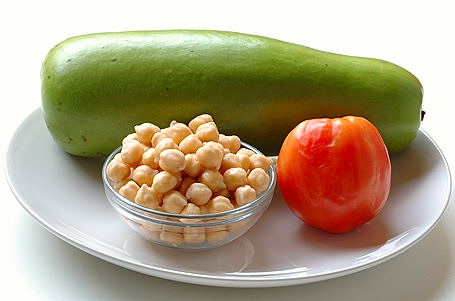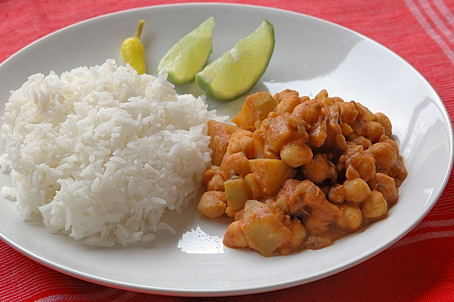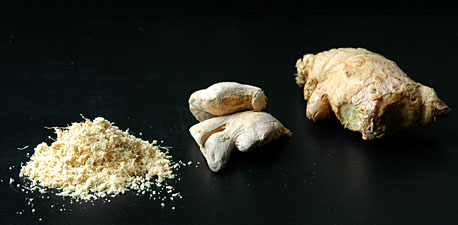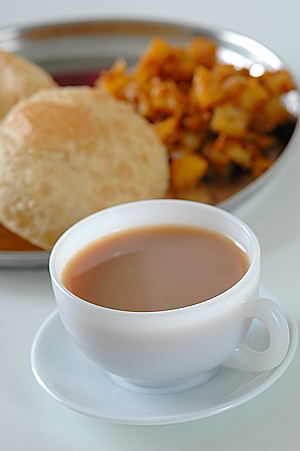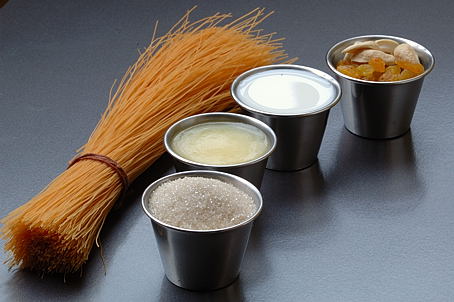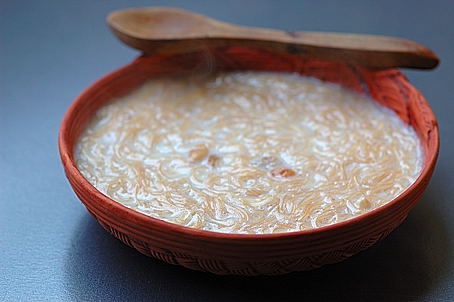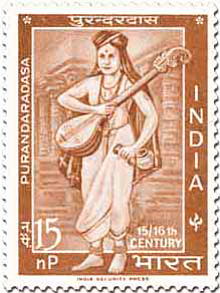|
Photo Purchase Keywords: Soy, Spinach (It takes money, time, effort and energy for food photography. Please don’t photosteal. Click on the links and purchase the photos legally to digital download and to print. Thanks.) |
It’s appalling to see the cookery programs like ‘America’s Test Kitchen’, and others still touting and using nutrient-nil, all-purpose flour for sauces. There are many natural and quality ingredients readily available at the market place right now for cooking purpose.
Almonds, cashews, coconut, chestnuts, dalia, sunflower seeds, peanuts and poppy seeds, to name a few.
Cost-effective and nutrient rich, just few tablespoons of any of the above in paste form would be enough to thicken the sauce or gravy and turn them to tasty. It’s 21st century, and proven information is out there on how harmful the all-purpose flour diet can be to a human body. Still, these so called chefs posing as cookery educators seem to relish falling back on the faux traditions. They won’t hesitate to leave their spouses and relationships behind when they become unhealthy. It’s puzzling why they continue to enjoy and propagate this dreadful all-purpose flour abuse on humankind.
If you are one of those struggling to break away from all-purpose flour addiction, the following recipe will work wonders to train the taste buds fearlessly boo the bland bechamel.
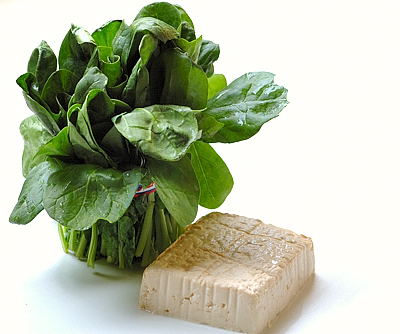
Spinach and Soy Bean Curd (Palak and Tofu)
Recipe:
For Palak (=Spinach) Puree:
1 tablespoon peanut oil
1 cup, finely chopped onions
4 green chillies, Indian or Thai variety- finely chopped
2 cups, finely chopped tomatoes (2 large tomatoes)
1 teaspoon grated ginger
1 bunch, fresh spinach, cut to big pieces, about 6 cupsFor Palak Tofu:
1 teaspoon peanut oil
½ teaspoon cumin
¼ cup poppy seeds (or ½ cup cashews), powdered
2 tablespoons kasuri methi (livens up the Palak Tofu)
½ teaspoon each – garam masala, salt and turmeric
15 tofu cubes, about 1 inch sized
Palak Puree Preparation :
Heat oil in a wide skillet to a smoking point. Add onion, green chillies and tomatoes. Cook them to soft brown mush. Remove the contents to a plate.
Add the spinach to the skillet, and saute until the leaves collapse. Remove to a plate and wait for at least 5 to 10 minutes for them to cool down.
Take the cooled onion, chillies, tomatoes and spinach in a blender. Add a pinch of salt. Blend to thick puree. Set it aside.
Palak Tofu Preparation :
Clean or wipe the same skillet and then add and heat oil. Add and toast the cumin. Add the spinach-tomato puree. Sprinkle the powdered poppy seeds, kasuri methi, garam masala, salt and turmeric. Along with about a cup of water. Stir well. Add the tofu cubes. Simmer on low heat for about ten minutes. Serve warm.
Palak Tofu, as you can see is a very easy preparation, takes about 20 to 30 minutes. That’s all, and makes a memorable meal when eaten with chapati, paratha, rice, pasta, or millet.
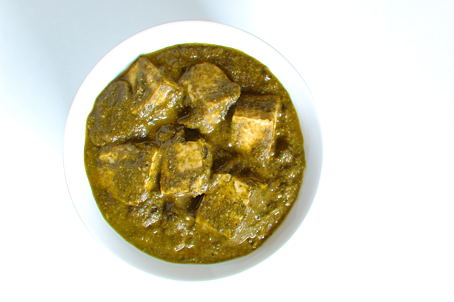
Palak Tofu, to Satiate the Sharp Hunger Pangs ~
Meal Today, and for Rajitha’s WBB: Soy Event
note:
Calorie count – poppy seeds
~ Indira
